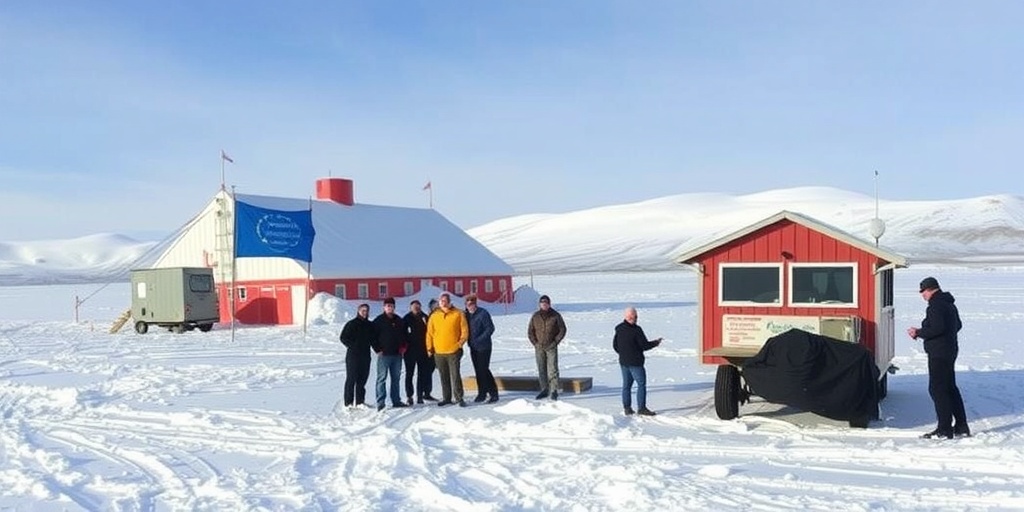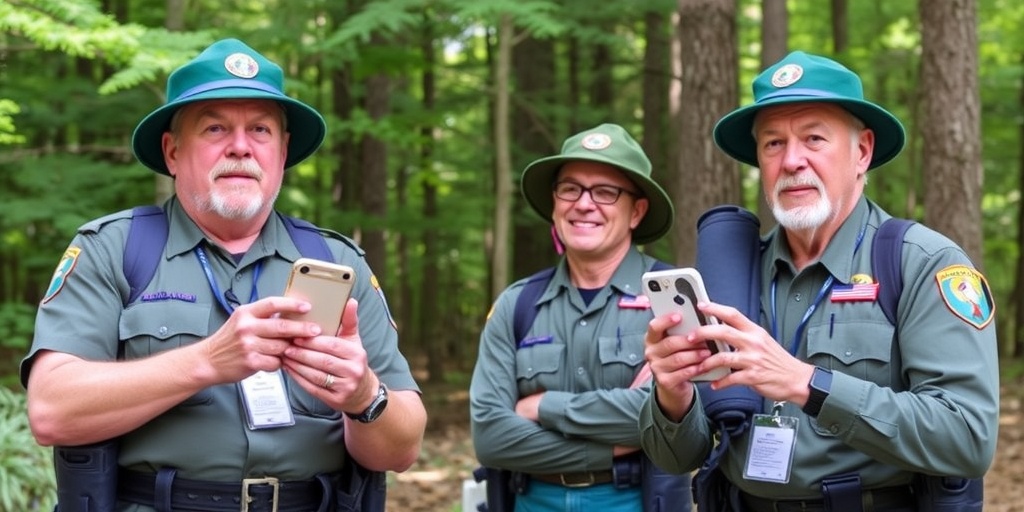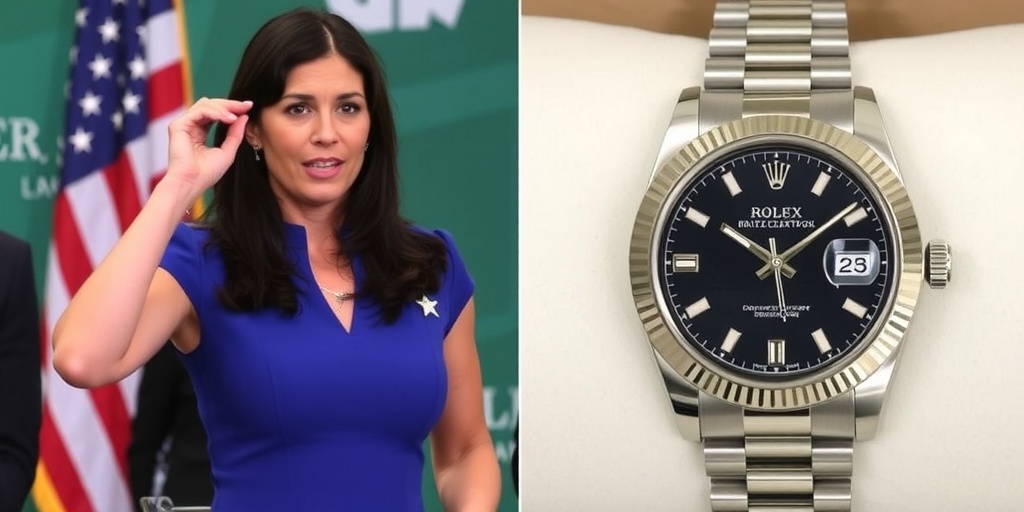Now Reading: Vance’s Greenland Trip: Chilly Weather and Reception
-
01
Vance’s Greenland Trip: Chilly Weather and Reception
Vance’s Greenland Trip: Chilly Weather and Reception

Title: Trump Reiterates Ambitions for Greenland During High-Profile Visit
In a recent display of ambition that echoes statements from his earlier political career, President Donald Trump has made clear his unwavering desire for the United States to acquire Greenland. In remarks made from the Oval Office, Trump asserted that the U.S. cannot "live without" the vast Arctic territory, emphasizing, “It’s not a question of ‘Do you think we can do without it.’ We can’t.” His declarations come as a high-level American delegation visits Greenland, led by Vice President JD Vance.
This visit marks a significant moment in U.S.-Greenland relations, as it represents the first time a sitting vice president has traversed the highly coveted territory. The delegation’s arrival coincided with biting cold weather, with temperatures plunging to minus 3 degrees Fahrenheit. Upon arrival at the Pituffik Space Base, formerly known as Thule Air Force Base, Vance humorously lamented the frigid conditions, prompting laughter from U.S. Space Force Guardians stationed there.
Despite the light-hearted atmosphere inside the base, the trip was laden with serious undertones regarding America’s territorial ambitions. The vice president’s visit was not merely a social call; it functioned as a reconnaissance mission to survey potential real estate and military opportunities on the island. Moreover, it acted as a subtle reminder of Trump’s broader strategic aspirations, particularly relating to U.S. dominance in the Arctic region.
Trump’s fixation on Greenland is long-standing and appears to be motivated by a combination of strategic necessity and real estate aspirations. In discussions about potential acquisitions, he has placed Greenland at the forefront, alongside the Panama Canal, Canada, and Gaza. Various factors contribute to this focus, including Greenland’s expansive landmass, strategic geographic positioning, and the looming threat of foreign influence from nations like China and Russia.
Notably, Trump’s approach seems reminiscent of 19th-century U.S. expansionism. His determination to acquire territories raises questions about how far he would go to achieve this goal. In a response to a query regarding potential economic or military coercion, Trump left the door open, saying, “I’m not going to commit to that. You might have to do something.”
The political landscape surrounding these ambitions is complicated. Greenland’s Prime Minister Múte Bourup Egede has expressed feelings of unease regarding the American presence, suggesting that the visit is a deliberate show of strength designed to assert U.S. dominance over the territory. Greenland government officials, acknowledging local opposition to American incursion, had to scale back plans for a goodwill tour led by the vice president’s wife, Usha Vance, due to anticipated protests.
Historically, the U.S.’s interest in Greenland is not new. In 1868, Secretary of State William Seward sought to purchase the territory for less than $5 million but failed to finalize the deal. Later, during the post-World War II era, President Harry Truman recognized its strategic importance, particularly concerning Soviet military capabilities. Today, as climate change alters Arctic geography and accessibility, Greenland is becoming increasingly critical in the geopolitical landscape.
During the visit, Vice President Vance asserted that Greenland would benefit from American stewardship rather than continued oversight by Denmark. His comments sharply criticized Denmark’s military spending and infrastructure investments in Greenland, suggesting that the U.S. could provide better security against growing threats from Russia and China. This rhetoric led to speculation about the potential ramifications for Greenland’s political relationship with Denmark.
With the current geopolitical climate rife with tension, the implications of such aspirations are significant. Vance’s rhetoric implies a push towards greater American influence in an area where international stakeholders are vying for control. He outlined a vision in which the U.S. would become a more engaged partner for Greenland, not primarily through force but rather through mutually beneficial agreements.
However, Vance emphasized that any partnership with the United States should be a decision for the people of Greenland. He acknowledged the desire for negotiation, asserting that military force would not be necessary, and maintaining that the goal is to work together to ensure the safety and security of the region. His statements suggest a balancing act between asserting U.S. interests and respecting the sovereignty of the Greenlandic people.
In sum, the high-profile visit encapsulates the complex dynamics of U.S.-Greenland relations under the Trump administration. As ambitions for territorial control surface once again, it raises critical questions about national security, sovereignty, and the ethical implications of such geopolitical strategies. The future of Greenland remains a pivotal topic as global powers strategize their next moves in the Arctic region and beyond.
Stay Informed With the Latest & Most Important News
Previous Post
Next Post
-
 01New technology breakthrough has everyone talking right now
01New technology breakthrough has everyone talking right now -
 02Unbelievable life hack everyone needs to try today
02Unbelievable life hack everyone needs to try today -
 03Fascinating discovery found buried deep beneath the ocean
03Fascinating discovery found buried deep beneath the ocean -
 04Man invents genius device that solves everyday problems
04Man invents genius device that solves everyday problems -
 05Shocking discovery that changes what we know forever
05Shocking discovery that changes what we know forever -
 06Internet goes wild over celebrity’s unexpected fashion choice
06Internet goes wild over celebrity’s unexpected fashion choice -
 07Rare animal sighting stuns scientists and wildlife lovers
07Rare animal sighting stuns scientists and wildlife lovers





















